Asterigos: Curse of the Stars (Steam) Review
An Action-RPG that does Little to Stand Out
Sometimes, a game comes along that I have a great deal of difficulty connecting with, despite my best efforts. Asterigos: Curse of the Stars became one of those. Writing this review prior to finishing this game is out of pocket for me, because I normally don’t want to deliver what I perceive to be an “incomplete review.” However, my time with this game was mediocre at best, as much as I wanted to really enjoy it. While I wouldn’t disparage anyone from playing it, I feel as if Asterigos plays like a game that chooses to exist in a Soulsborne space without doing anything to engage me or teach me something new.
Asterigos, developed by Acme Gamestudio, takes place within a sort of post-apocalypse magic environment similar to what players of Horizon: Zero Dawn experienced in that world. Hilda, the protagonist, travels to a city long-forgotten to discover the whereabouts of her father and his soldiers. Inside the city, she discovers a population lost in time and magic, surviving on whatever scraps of power they can find. Hilda must perform tasks for an underground resistance group in order to learn more about her father’s fate, whilst also helping in side quests and doing favors for city dwellers. Players encounter a variety of NPCs to interact with, who offer lore and insight into the past of this city, while other story tidbits are offered from a sort of magic cloud recording of the past.
Much of the game takes place in the city of Aphes.
How I would describe Asterigos’ story progression is something akin to Diablo or Lost Ark. The game doesn’t rely on many cutscenes to tell its story. Rather, there are numerous in-game dialogue sequences with conversation trees. All of these conversations happen within the normal point-of-view for the player, eliminating a sort of natural back-and-forth flow in the talking. This detracted from the flow of the plot for me, as every interaction I had in the game felt less like a plot driver and more like a side conversation that holds less importance. Alongside the static dialogue, each interaction offered so many side branches to explore that would have interested me if the voice acting felt more organic and enthusiastic. A majority of the time, I felt as if I was selecting dialogue options to “gray them out” more than actually listening to what was said. At times I was actively listening, but the conversations, especially the in-event ones, seemed to drag on far too long.
Dialogue trees open up backstory, though sometimes conversations can overstay their welcome.
In terms of combat, Asterigos plays like a softer Soulsborne. Enemies can absolutely overpower Hilda if left unchecked, and though most of the baddies I encountered could be dispatched with some hack-and-slash maneuvers, the harder foes required the dodge rolling and parry blocking that I am accustomed to. Players can swap between two weapons at a time, each offering both regular attacks and special abilities to use. Hilda can also access quick-use items on the fly, such as healing vials and throwable offensive items. If players die, they are automatically resurrected at the most recent “rest altar” they interacted with, albeit short some Starlight, the upgrade materials Hilda gains upon defeating enemies; fans of the original Bioshock will recognize this system. Enemies return upon resting, as is the case in other Soulsborne titles, so Hilda can farm materials and experience if desired. This system never really gave me any problems, though I did find myself annoyed after dying once or twice and realizing I did not rest at a nearby altar, thereby having to retrace a lot of my steps. I blame myself more for this than the game though.
Combat includes a block and parry system stacked with abilities, light, and heavy attacks.
For RPG mechanics, this title offers a fairly robust system for leveling up and weaponry. Players don’t swap out different versions of weapon archetypes, but rather equip a generic version of the item, such as a sword, spear, daggers, etc. Starlight and scavenged materials are used to level these weapons up, thereby taking some of the decision-making out of the weapon process. For stats, players gain access to both attribute points that build up one of 3 major stats as well as talent points for abilities. The ability system holds the bulk of the customization in this game, as players can mix and match what abilities off of three trees to invest in. I found the visual representation of these trees a little jumbled, and I wish that everything was on one full screen instead of a scroll wheel I had to constantly adjust back and forth. Once I understood the mark and spend aspect of this wheel, the abilities seemed rather straightforward.
One of the aspects that I found most disappointing pertained to the different areas of the city. The game does a good job of keeping this from being a larger, open-world setting, which I appreciate. However, I never quite felt like any of these areas were interesting or worth exploring. For instance, in one of the main market areas, all the buildings, homes, and businesses looked incredibly similar. What makes this worse for me is that there is no world map or mini map to reference locations and previously discovered hidden areas. In one instance I must have spent close to 20 minutes looking for the next location for a main mission simply because I could not remember where I had previously found it and had no reference of where I should look. I found aimless wandering until finally finding the next step tedious and not engaging whatsoever. This also deterred me from doing any side quests, as I knew I’d have to almost rediscover where I found the quest in the first place.
Visually, Asterigos has a soothing art style to it. Setting aside my gripes on the various locations, this game has a bright tone, even when certain story elements became heavy or violent. The audio complements this too, with music tracks that never seem too boisterous or adventurous. Asterigos does a fair job of keeping most of the game settings calm and lighthearted, offering almost a Zelda-like adventure quality to the whole experience.
Overall, Asterigos: Curse of the Stars failed to really stand out above other games in the RPG action-adventure space for me. While the combat and leveling systems felt accommodating for both casual and tenured players of this genre, the lackluster environments and disengaging character interactions failed to hold my attention for any period of time. This game would, in my opinion, appeal to someone who is looking for a lighter adventure title centered more on the gameplay rather than the narrative. During this heavier release season, I didn’t find anything about Asterigos that was unique or exemplary. Perhaps in the future, I can revisit this game and gain a different opinion on it, but during my roughly 10-hour playthrough with it, I can’t quite recommend it to players looking for something refreshing this fall release season.
SCORES
GAMEPLAY - 6/10
VISUALS - 8/10
SOUND - 7.5/10
CONTROLS - 7/10
REPLAY VALUE - 5/10
OVERALL - 6.7/10
Asterigos: Curse of the Stars is now available on Playstation and Xbox consoles as well as PC platforms. All screenshots were taken by the reviewer natively within Steam. A digital Steam copy was provided.


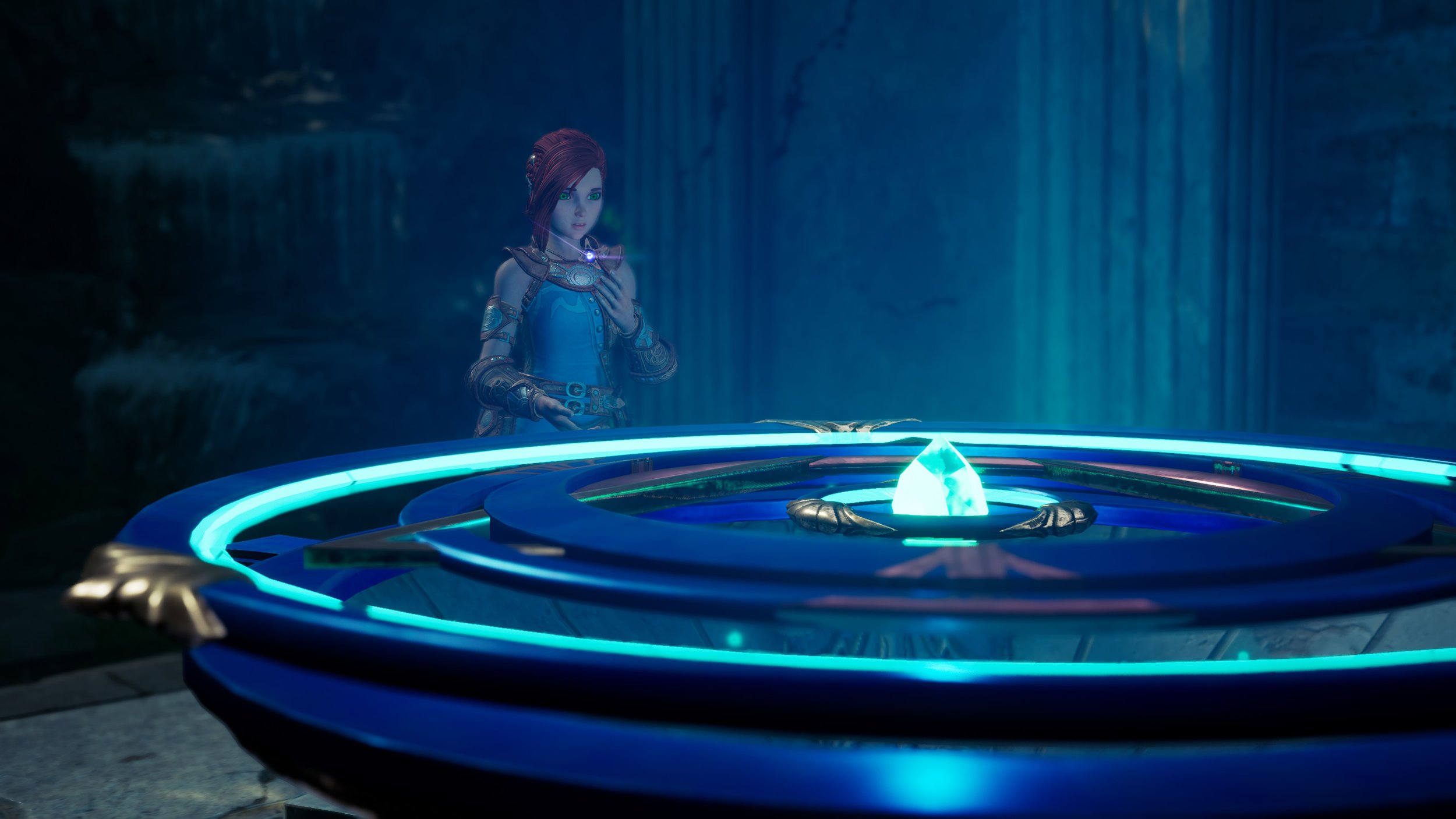
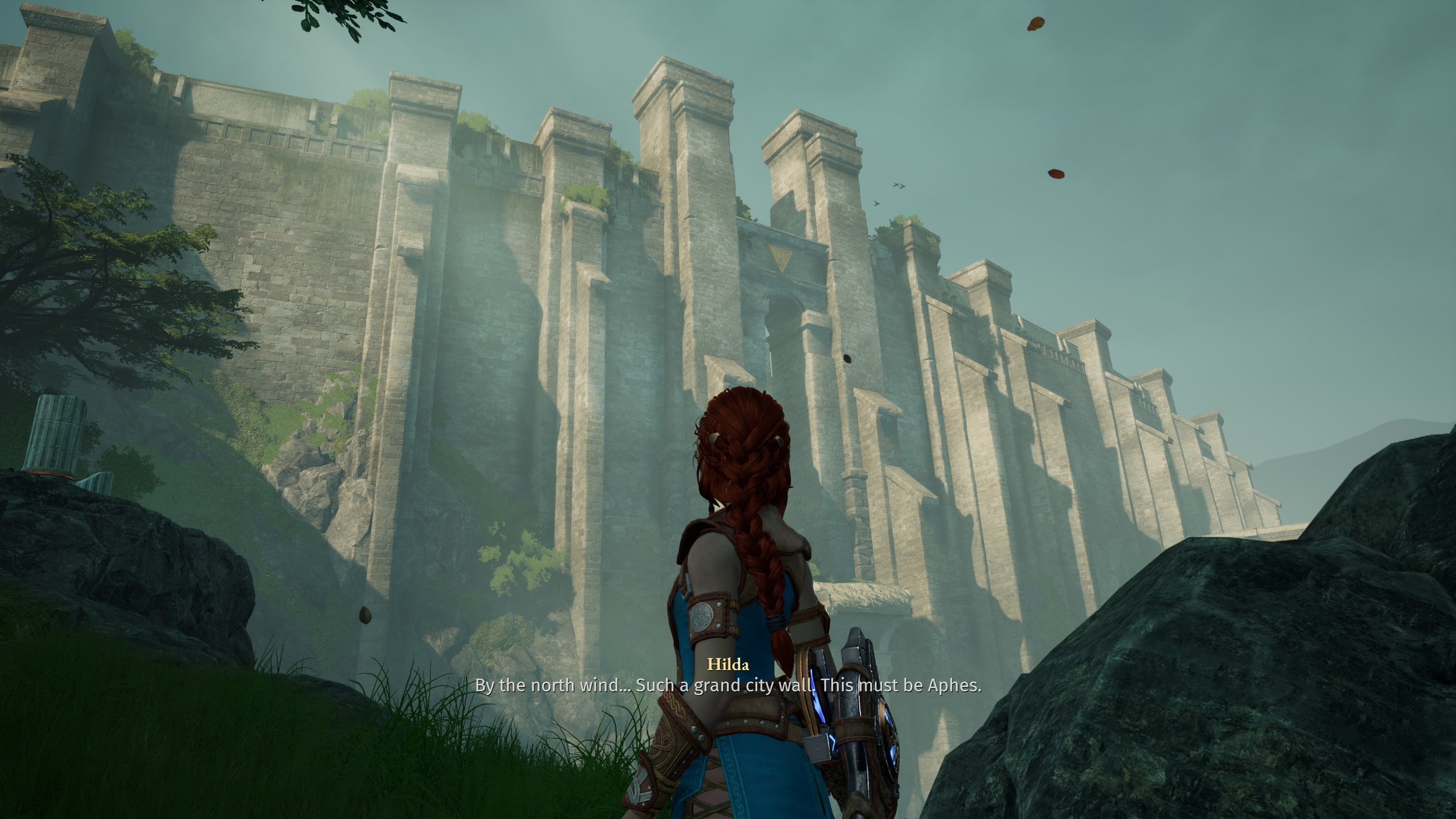


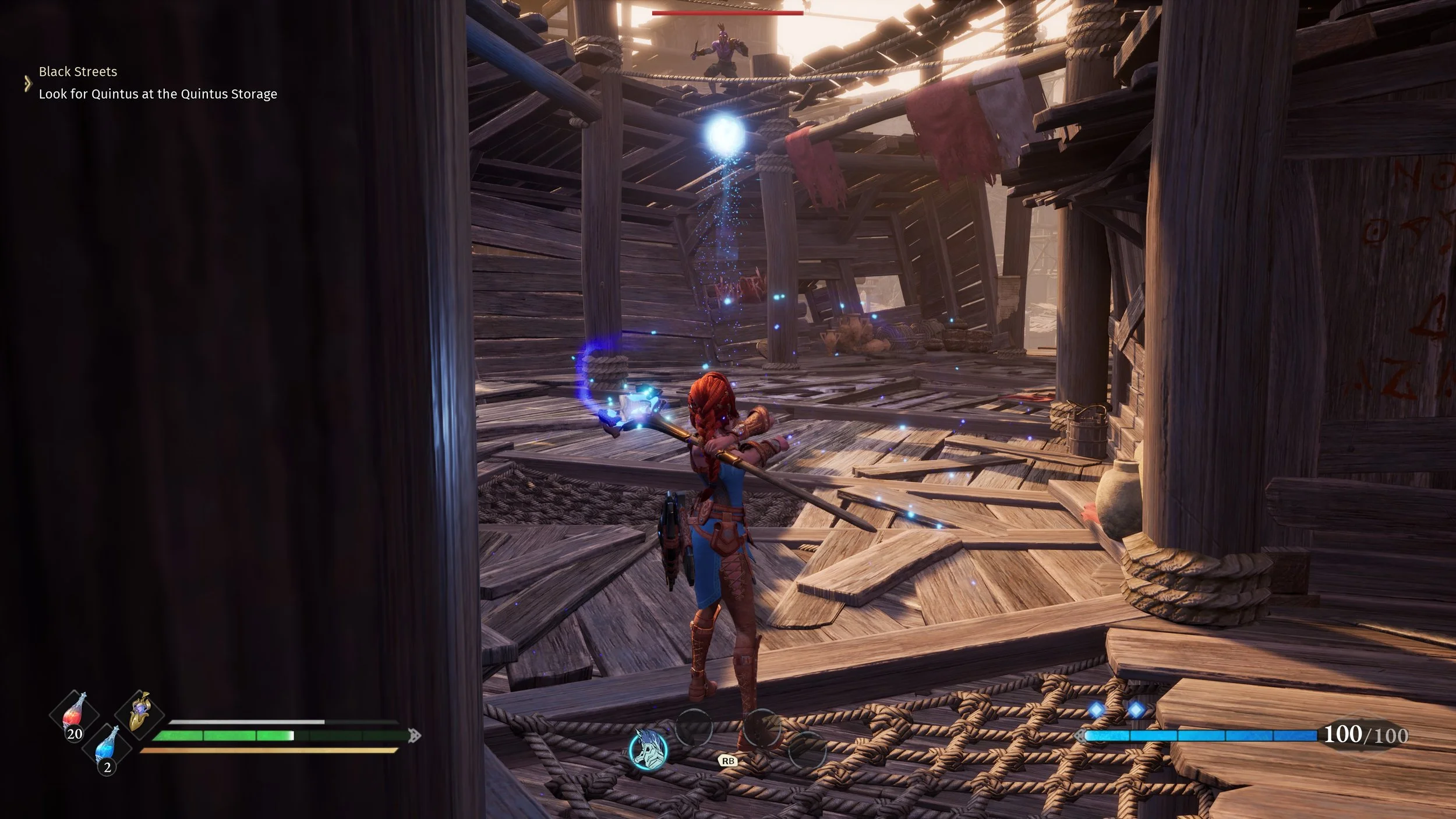
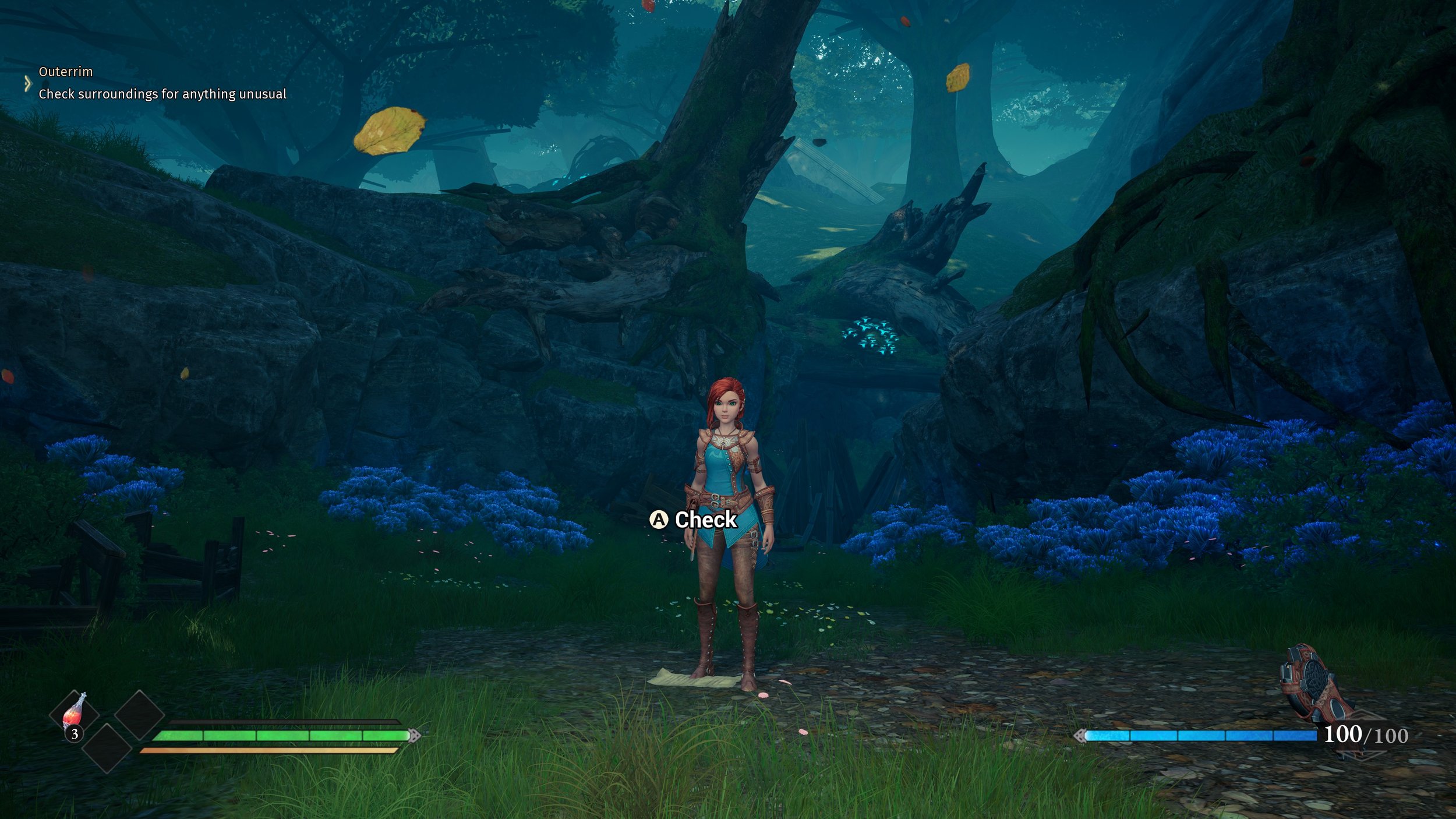





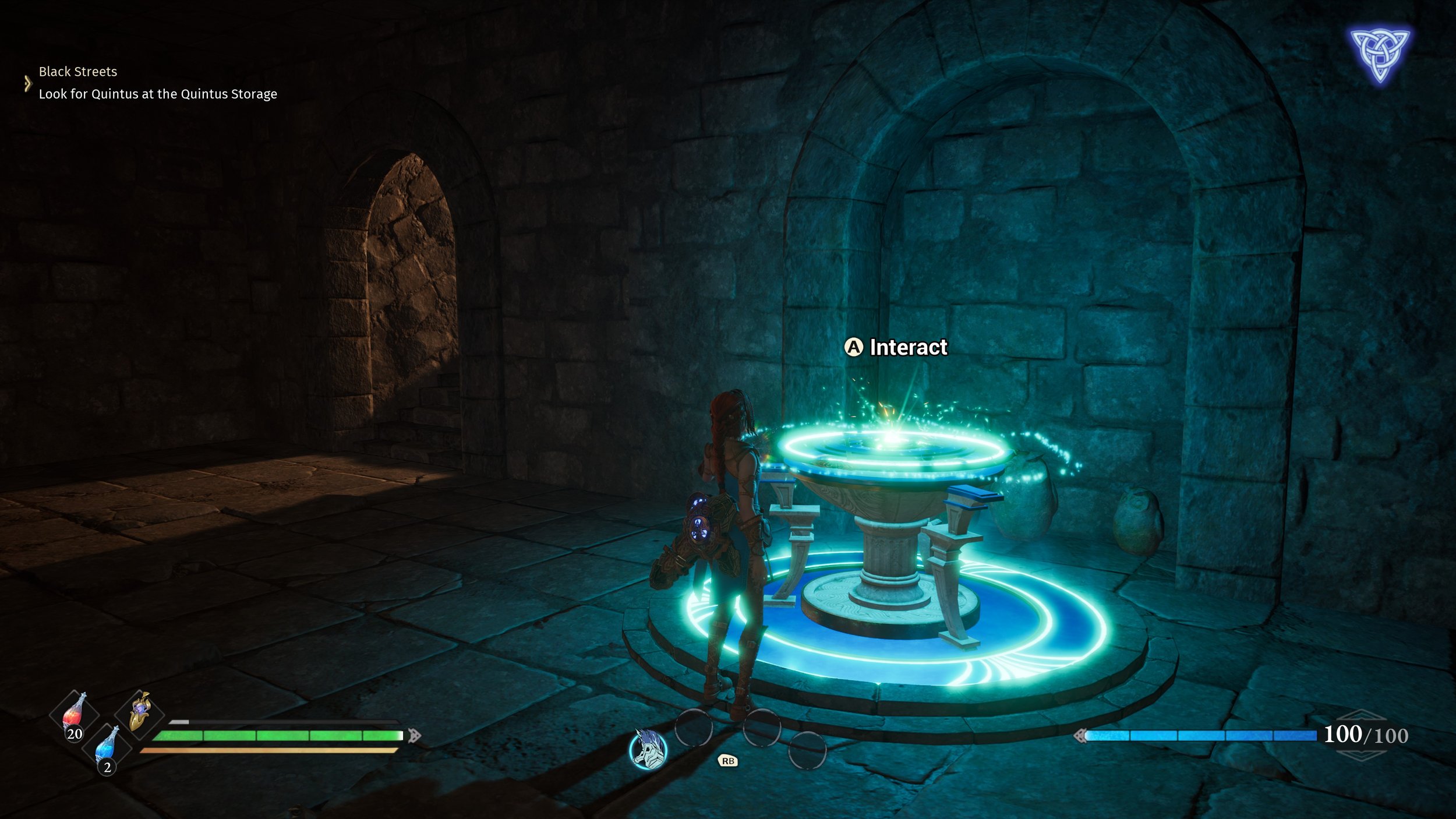
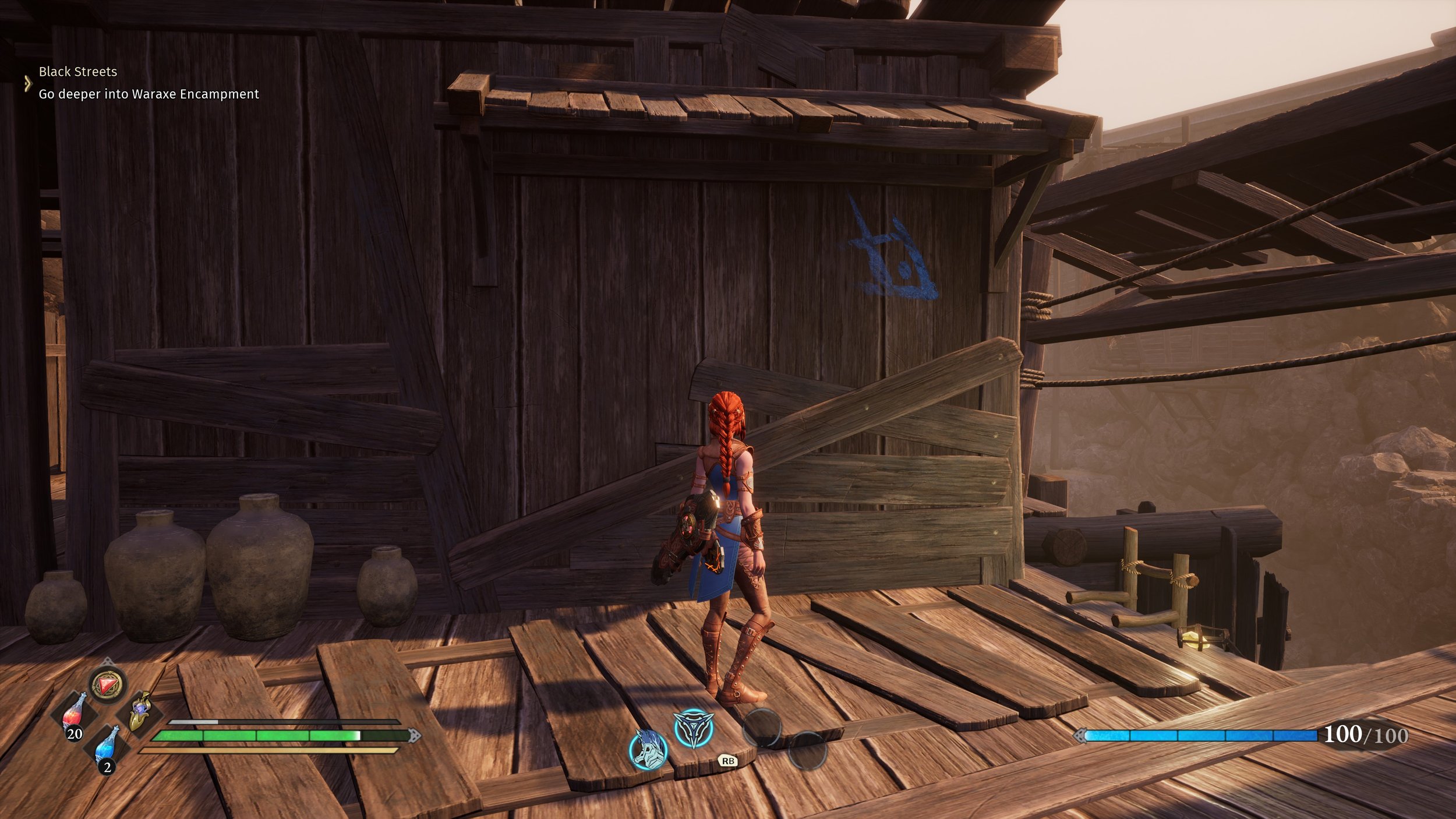


The Knight Witch offers a challenging, sometimes frustrating, Metroidvania adventure with some interesting story complexities.